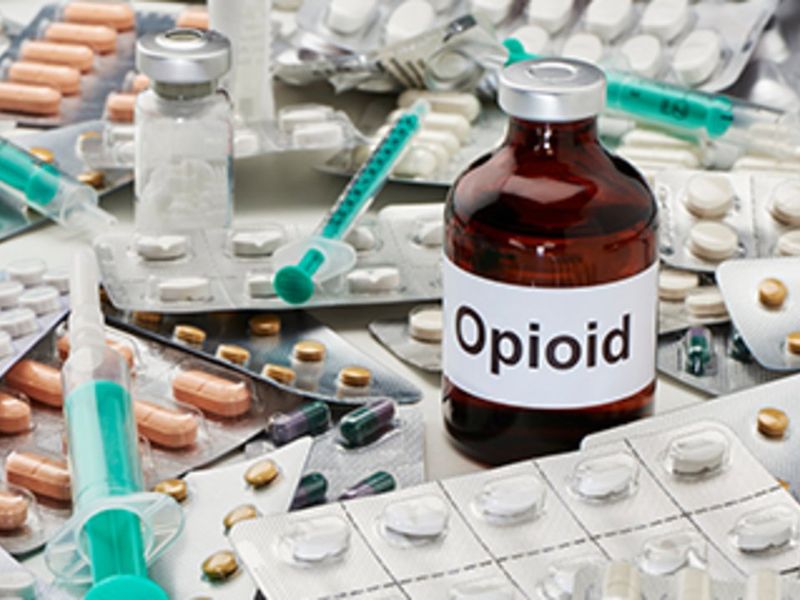More White than Black and Hispanic patients receive buprenorphine, naloxone, benzodiazepines in 180 days after index event
By Elana Gotkine HealthDay Reporter
FRIDAY, May 19, 2023 (HealthDay News) — Among patients with disability, racial and ethnic differences are seen in the receipt of medications to treat opioid use disorder (OUD) after an index event, according to a study published in the May 11 issue of the New England Journal of Medicine.
Michael L. Barnett, M.D., from the Harvard T.H. Chan School of Public Health in Boston, and colleagues used Medicare claims data from 2016 to 2019 for a random 40 percent sample of fee-for-service beneficiaries who were Black, Hispanic, or White; were eligible for Medicare owing to disability; and had an index event relating to OUD.
A total of 25,904 OUD-related index events were identified among 23,370 beneficiaries: 15.2, 8.1, and 76.7 percent occurred among Black, Hispanic, and White patients, respectively. The researchers found that patients received buprenorphine after 12.7, 18.7, and 23.3 percent of events among Black, Hispanic, and White patients, respectively, in the 180 days after the index event; patients received naloxone after 14.4, 20.7, and 22.9 percent, respectively; and patients received benzodiazepines after 23.4, 29.6, and 37.1 percent, respectively. From 2016 to 2019, racial differences in the receipt of medications to treat OUD did not change appreciably. Patients in all study groups had multiple ambulatory visits in the 180 days after the index event (mean number of visits, 6.6, 6.7, and 7.6 after events among Black, Hispanic, and White patients, respectively).
“The prioritization of equitable and sufficient OUD treatment is essential in order to successfully address the growing overdose problem in the United States and to stem its immeasurable societal cost,” the authors write.
Several authors disclosed financial ties to industry.
Copyright © 2023 HealthDay. All rights reserved.








